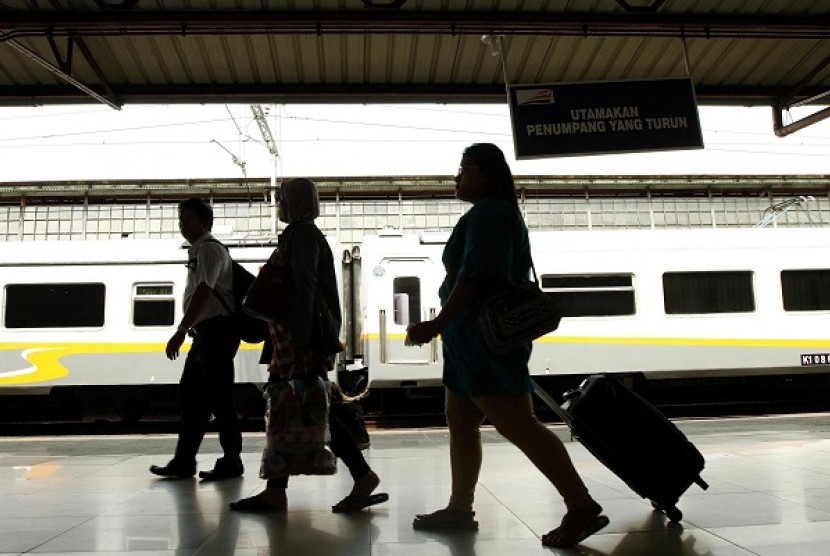REPUBLIKA.CO.ID, PADANG - Deputy transportation minister Bambang Susantono said airport railway linking Padang railway station and the Minangkabau International Airport (BIM), in the regency of Padang Pariaman was expected to be in operation in 2015.
"Our target is to operate the 25 kilometer airport railway next year," Bambang said on Wednesday when inspecting the railway station in Padang.
Construction is still underway but land clearing is yet to be settled for 4.2 kilometer part of the railway track from the Duku station in Padang Pariaman to the BIM. Construction of Padangs airport railway followed the operation of the Kualanamu airport railway in North Sumatra and that of Jakartas Soekarno Hatta now in the process of development.
Bambang said all airports of international class needed efficient and convenient access facility that could be provided with railways. He said the government had prepared 126 billion IDR from the state budget for the Padang's airport railway project including telecommunications infrastructure.
The fund for land clearing is to be provided from the regional budget. Bambang said land clearing and construction the remaining 4.2 kilometer part of the track was expected to be wrapped up in July this year that work would be finished by December. He said the railway station in Pulau Air, Muara Padang, would also be put into operation again in the next two months to link it with the railway station in Padang.
Currently the Communications Ministry is auditing safety assessment about the railway security and safety and minor repairs. In addition, the Communications Ministry is planning a program to reactivate railway transport between Padang Panjang and Payakumbuh in the province.
"The main function of railway is to ease the burden of highways and traffic jams as well as to save energy or reduce consumption of expensive oil fuel," he said.


